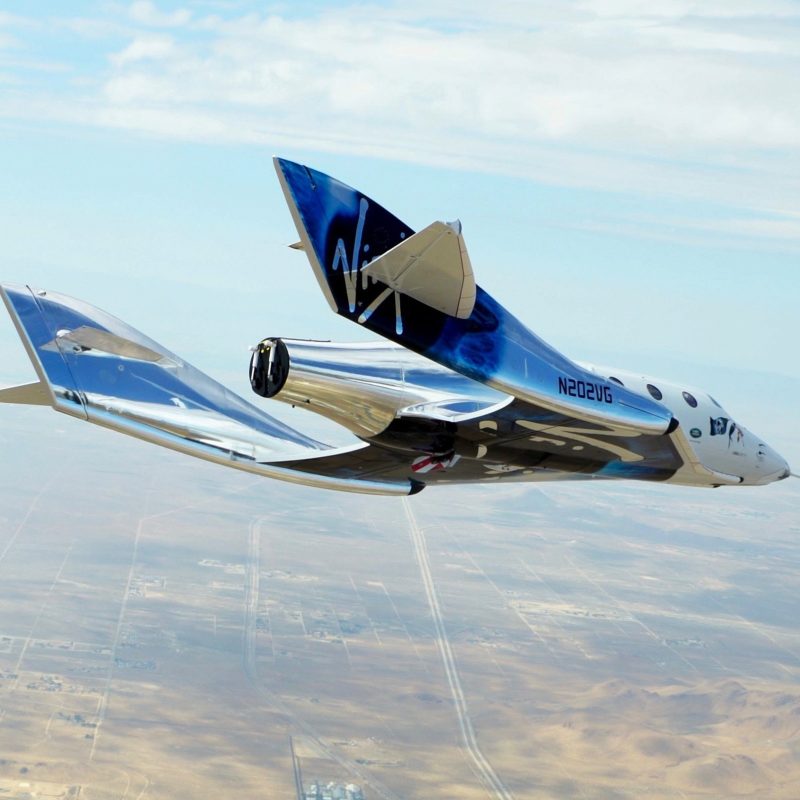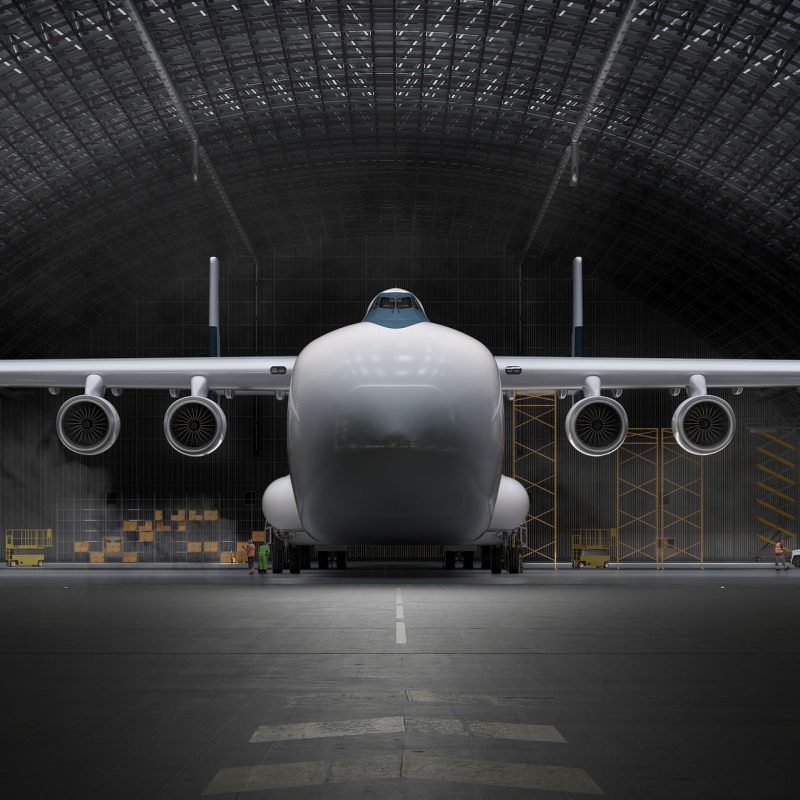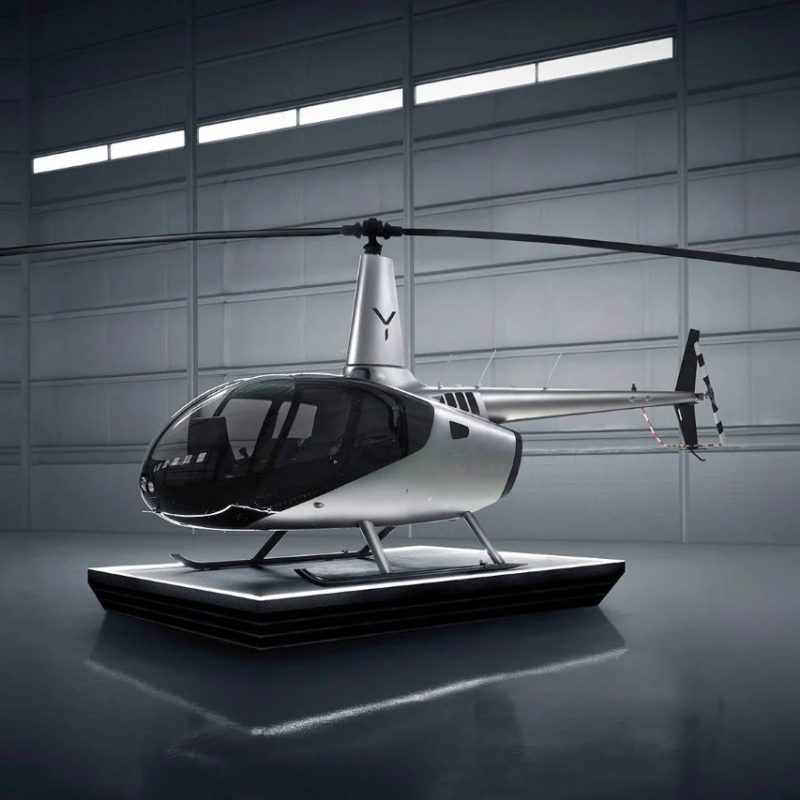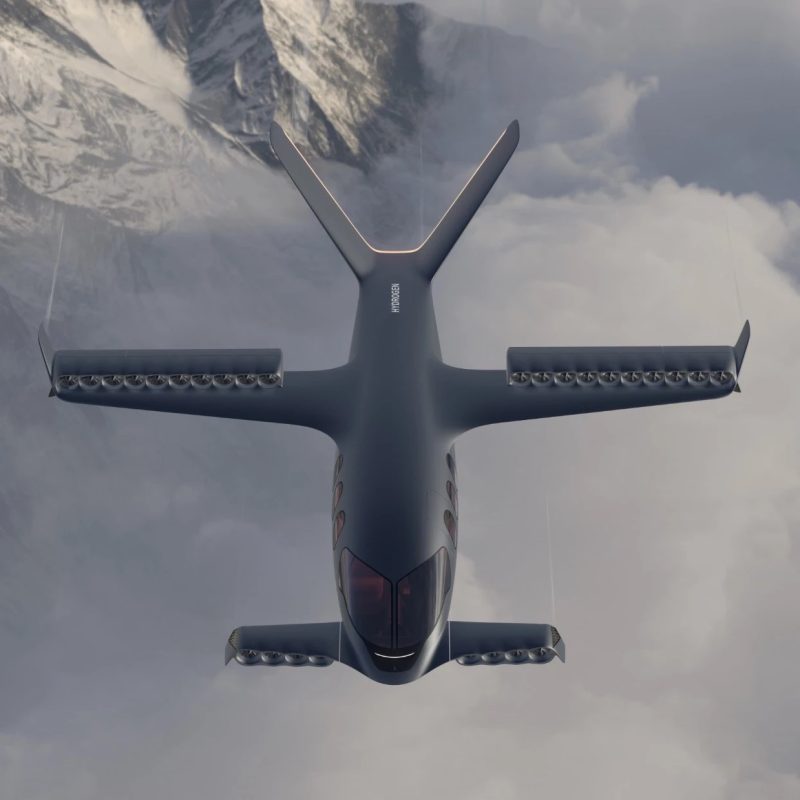This AI-Piloted Futuristic Flying Nuclear Hotel Concept Will Carry 5000 Passengers Without Ever Needing To Land
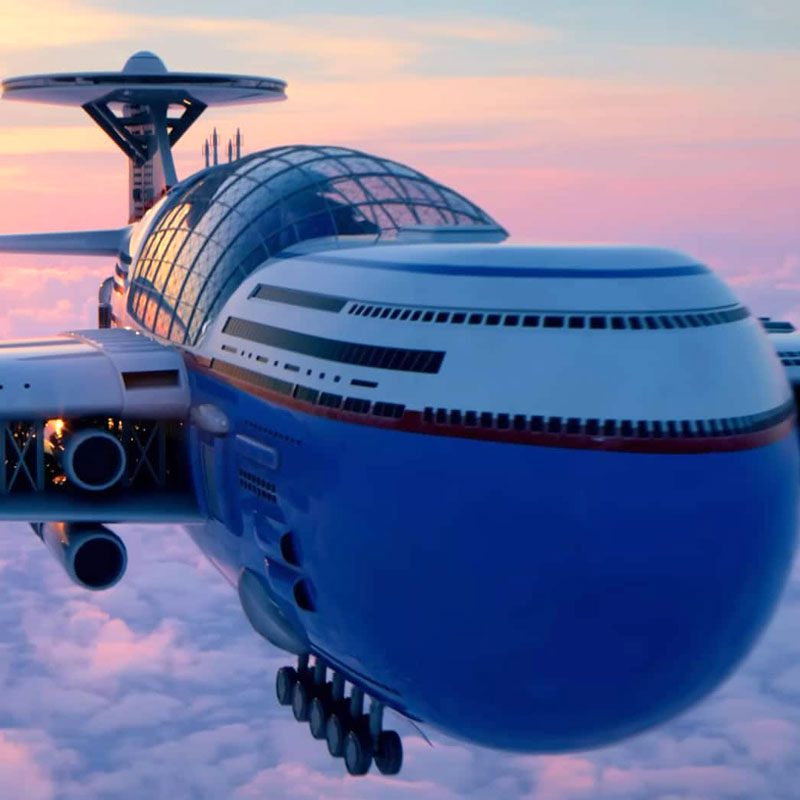
We could soon all be taking vacations in the skies thanks to an ambitious new floating hotel concept that never lands. The AI-piloted futuristic flying Sky Cruise hotel would have 20 nuclear fusion engines and would never need to return to Earth, maybe except for resupplies.
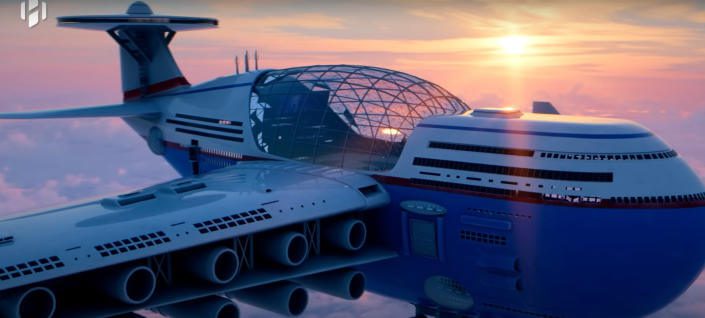
Tony Holmsten created the initial concept, but Hashem Alghaili has redesigned it. He animated the futuristic vision for Sky Crusie in exquisite detail and declared that it “may be the future of transportation.” Alghaili said that the flying hotel will be large enough to hold more than 5,000 people and provide “the ultimate of luxury” in a video that was uploaded on YouTube.
An elevator would connect the hall, a sizable circular space with glass on all sides, which would provide a 360-degree view of the sky and the surrounding area, to the main decks. hospitals, children’s play areas, sports facilities, swimming pools, restaurants, bars, theaters, and a place to do business.
Additionally, there would be wedding venues on the Sky Cruise where individuals might exchange vows. The Sky Cruise ship was seen traveling through the Northern Lights in the YouTube video. The film claims that the 20 engines with “well regulated fusion reactions” gives the hotel limitless energy.
Without setting foot on the earth, the Sky Cruise may hang in the air for many years. Visitors may arrive from anywhere on the globe thanks to commercial flights and private jets, which will bring supplies and passengers direct to the aircraft in the sky.
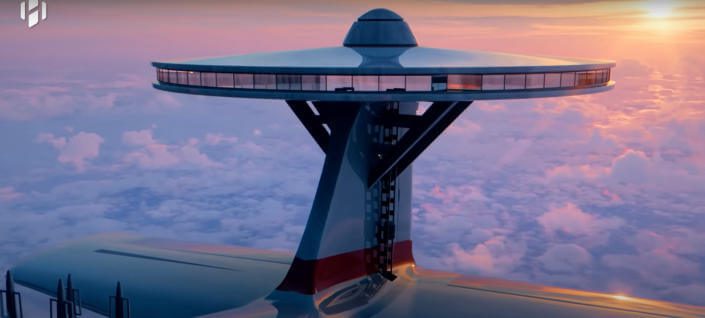
Air turbulence may be anticipated by the AI piloting system, which can also generate “anti-vibrations” to stop any vibrations from happening. While this concept may seem simply outrageous to say the least, it has its proponents who genuinely believe in the concept. However, don’t be looking up in the sky for one of these flying over, its proposed nuclear fusion engines are still decades away and the entire concept may not see the light of day until sometime in the next century.

